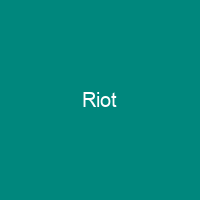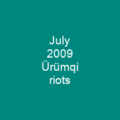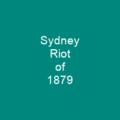Riots: The Unruly Beast of Public Disorder
Imagine a city waking up to chaos—streets filled with angry faces, property destroyed, and the air thick with tension. This is what a riot looks like. A riot or mob violence is a form of civil disorder characterized by a group lashing out in violent public disturbance against authority, property, or people. It’s as if society has momentarily lost its grip, and the beast of chaos roams free.
Causes and Triggers
Riots occur in reaction to grievances or dissent and can be caused by various factors such as poverty, unemployment, governmental oppression, taxation, conflicts between ethnic groups, religions, sporting events, or frustration with legal channels. It’s like a fuse that has been lit, waiting for the right spark to ignite the powder keg of discontent.
Leadership and Chaos
Individuals may attempt to lead a riot, but they are often disorganized and exhibit chaotic behavior. It’s as if the leaders are trying to herd cats—each one going their own way, making it difficult for anyone to take control or direct the group towards any specific goal.
Dealing with Riots
Dealing with riots is a daunting task for police forces. They may use tear gas, CS gas, shotguns that fire flexible baton rounds, or less-than-lethal methods of control. It’s like trying to tame a wild animal—each method has its risks and challenges.
Riot Classification
Riots can be classified into different types, including food riots caused by harvest failures, incompetent food storage, or attacks by pests; police riots involving disproportionate force against civilians; political riots developing out of a protest; prison riots by prisoners against administrators or officers; and race riots characterized by violence between members of different racial groups. In religious riots, groups argue over orthodoxy and target people and properties of a specific religion.
Sports Riots
Sports riots are often sparked by teams competing for championships or close scores. It’s like the excitement of a game turning into an uncontrollable frenzy when the stakes are high, and emotions run wild.
The Effects of Riots
The effects of riots can be complex and include property destruction, harm to individuals, and economic and political consequences. It’s like a ripple effect—each action has repercussions that spread far beyond the initial incident.
Legal Frameworks
In India, rioting is an offense under the Indian Penal Code (IPC). In Israel, plastic bullet rules were issued in 1988 defining a ‘violent riot’ based on specific actions. Riot is a statutory offence in England and Wales under the Public Order Act 1986. Sections 1(1) to (5) of the Act define riot as follows: Where 12 or more persons use or threaten unlawful violence for a common purpose, each person is guilty of riot.
Historical Context
The term ‘riot’ has been used in various historical contexts. In Scotland, there is an offence under the law of mobbing and mobbing and rioting. In July 1981, Dundee and Edinburgh saw significant disorder. In 1994 and 2013, Edinburgh saw localized rioting.
United States
In the United States, a riot is defined as a public disturbance involving acts or threats of violence by three or more persons. Each state has its own definition of a riot, such as in New York where inciting to riot is defined as urging ten or more people to engage in violent conduct.
Conclusion
Riots are complex phenomena that reflect the deep-seated issues within society. They are like a mirror reflecting the cracks and fissures of our social fabric, challenging us to address the root causes before they erupt into chaos once again. Understanding riots is crucial for building more resilient communities.

You want to know more about Riot?
This page is based on the article Riot published in Wikipedia (retrieved on February 21, 2025) and was automatically summarized using artificial intelligence.






